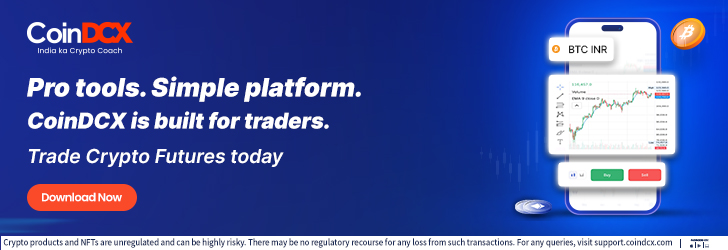Most often, vehicular crashes bring more disruptions than just wrecking your car’s metal. They often shift billions in the insurance and auto industries, from higher premiums to shaken manufacturer earnings. You feel the hit in your wallet, and automakers feel it in their balance sheets or income papers.
Here are some clear ways how crashes, including specific injuries, reshape the economics behind your every drive.
1. Accident Claims Kick Insurance Costs Up
When you get into a crash, insurers pay for repairs, medical bills, and legal bills. That push makes them raise premiums to recover possible outlays. In the U.S., the average full coverage cost hit $2,638 in 2025, up by 12 percent from 2024 rates; that’s roughly $289 more per year you may have to pay after an accident drives claims higher.
2. Repair Costs Keep Pressuring Premiums
You can surely feel it in your wallet when parts and labor go up during repairs. Research found that insurance rebuild costs rose to 3.7 percent in early 2024, on top of noted increases from previous years. It’s a weight that pushes insurers to price coverage higher.
3. Shift Caused by Vehicular Accidents and Injuries
Today, car accident steering wheel injuries are painful and costly examples of how these incidents shift money from one party to the other. When you meet a mishap on the road, you may suffer fractures in your hands, wrists, or arms from striking the wheel or being thrown during the impact.
Those injuries can increase claim severity, especially if you need prolonged hospitalization or rehabilitation. Going through the process with a legal expert, however, can help you understand how such specific injuries feed into the economics of claims and automaker accountability.
4. More Total Losses Mean Bigger Payouts
Over 20 percent of accident-involved vehicles now end up totaled. It’s a situation that often leaves insurers writing bigger checks and sometimes reclaiming salvage value, but overall, they face greater losses. That somehow leads to pulling prices higher.
Apart from state-mandated automobile liability insurance, some instances prompt you to become more cautious and take more coverage and riders.
5. Vehicle Complexity Raises Repair Severity
You are driving smarter and more complex tech today than before, but that makes accidents more costly in the long run. In early 2024, reports say that repairable vehicle severity rose more than 5 percent year over year because vehicles are more complex to tinker with. That margin cuts into insurer profits unless premiums climb first.
6. Market Scale Favors Top Insurers
If you thought all insurers react the same, think again. News of the top five carriers in the U.S. captured about 63 percent of auto premium growth and 72 percent of pre-tax income. That’s why, underscoring how scale brings profitability after mishaps trigger bigger payouts.
7. Tariffs Raise Costs for Everyone
If you drive imported or parts-heavy vehicles today, it’s a no-brainer that you pay more. New tariffs on auto imports are expected to boost claims costs in the next few months. This ripples into higher premiums and tightens automaker margins if they can’t absorb the cost.
8. Self-Driving Tech Disrupts Insurance Models
You may now drive a vehicle that crashes less as innovation advances and more tech is introduced. Some evidentiary data from Waymo (an autonomous vehicle manufacturer), for example, shows zero bodily injury claims per million miles versus 1.11 for human drivers.
If accidents fall, insurers lose volume but can cut losses. In a full-autonomous future, liability shifts to manufacturers, and traditional insurers could see big declines in their niche. Automakers these days could face higher costs for product liability, but they also stand to gain market control.
9. Catastrophes and Social Inflation Bite Into Margins
When claims costs rise faster than the premiums you pay, insurers get squeezed. Commercial auto insurers, for example, have endured over a decade of underwriting losses with combined loss ratios above 100 percent.
On a more personal side, it’s noted that many global premiums grew, but insurers are still chasing profitable growth amid inflation and economic volatility.
Endnotes
Today, car accidents ripple far beyond the crash site and may shake your finances even if you’re sure your insurance can back you up. They affect and shape premiums, sway automaker strategies, and even change how liability is shared between the party at fault and you as the victim.
From rising repair costs to injury-specific claims, every incident visualizes a financial narrative. With these ways and impacts, you’ll have more workable insights to navigate the shifting economics behind the cars you drive and the coverage you choose.






